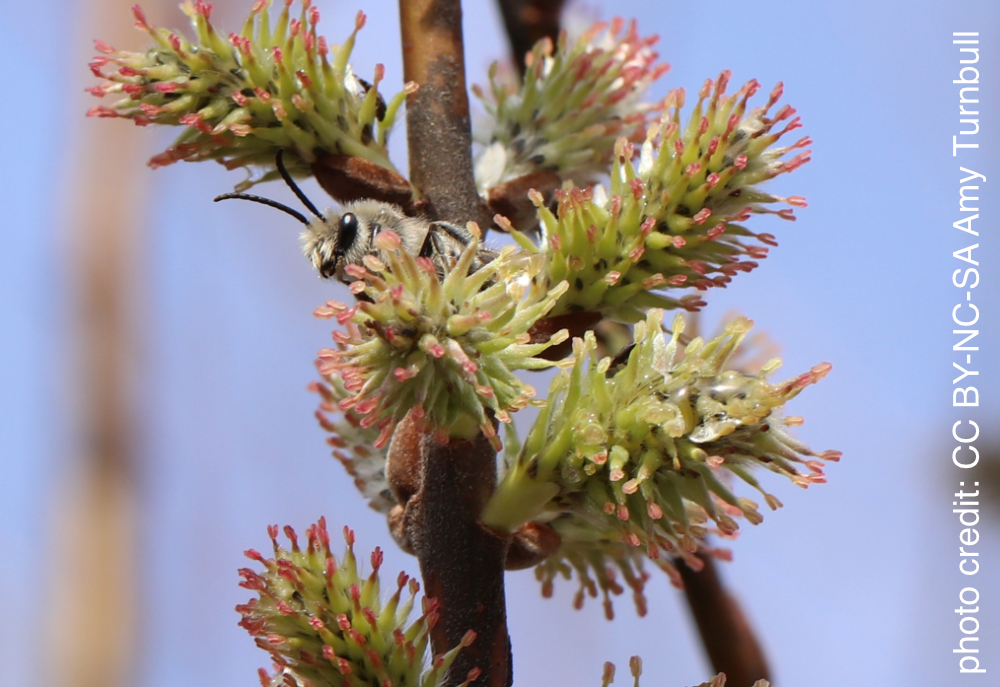
Hi there! I’m a cellophane bee, also known as Colletes. There are about sixteen species of us in this area. Funny name, right? Unlike other bees that create a ball of pollen for their young, I make a pollen smoothie and lay my egg in it. Without any intervention, the soup would absorb into the soil, so I make a cellophane-like bag to line each cell and fill it with pollen from your garden. You can spot us throughout the season, from early spring on maple flowers to late fall on goldenrod.
Visually, we might not stand out much. We’re generally hairier and a bit heavier than Andrena (mining) bees, which are also abundant in early spring. Like Andrena, we’re solitary and ground-nesting. Our faces are less round and more heart-shaped due to the angle of our eyes, and our abdomens are often distinctly banded. If you get a chance to see our tongues, you’ll notice they’re forked. We use them to paint the walls of our nest cells with the cellophane-like substance to keep water out. All in a day’s work!
Despite our name, you can call me HUNGRY most of all. Many of us bees are emerging from overwintering and we’re starving! We’ve evolved to emerge while our host plants are flowering. Whether we’re specialists or generalists for pollen, we visit a range of flowers with accessible nectar. Those of us emerging in April have few flowers to choose from in gardens, and this is where you can help us out, dear gardener!
Like many other bees, our tongues are short, so we can’t reach nectar at the base of tubular flowers. Even little grape hyacinths are too deep! Flowers that are open and shallow, like magnolia, are great for all types of pollinators because everyone can access the nectar.

This poor Lasioglossum was trying to get into the grape hyacinth flower, but the flower wasn’t the right shape for her face and tongue.
In our area around London, only 13% of the natural vegetation remains, and less than 1.5% is protected. Our Carolinian forests burst with flowers on the forest floor this time of year, and many bees rely on these flowers: spring beauty (Claytonia virginica), toothwort (Cardamine), Virginia bluebells (Mertensia virginica), prairie smoke (Geum triflorum), over 10 species of violet (Viola), and two species of trout lily (Erythronium), to name a few. These little spring flowers might not be as showy as daffodils and tulips, but they are beautiful in masses and we flock to their easily accessible nectar and delicious pollen.
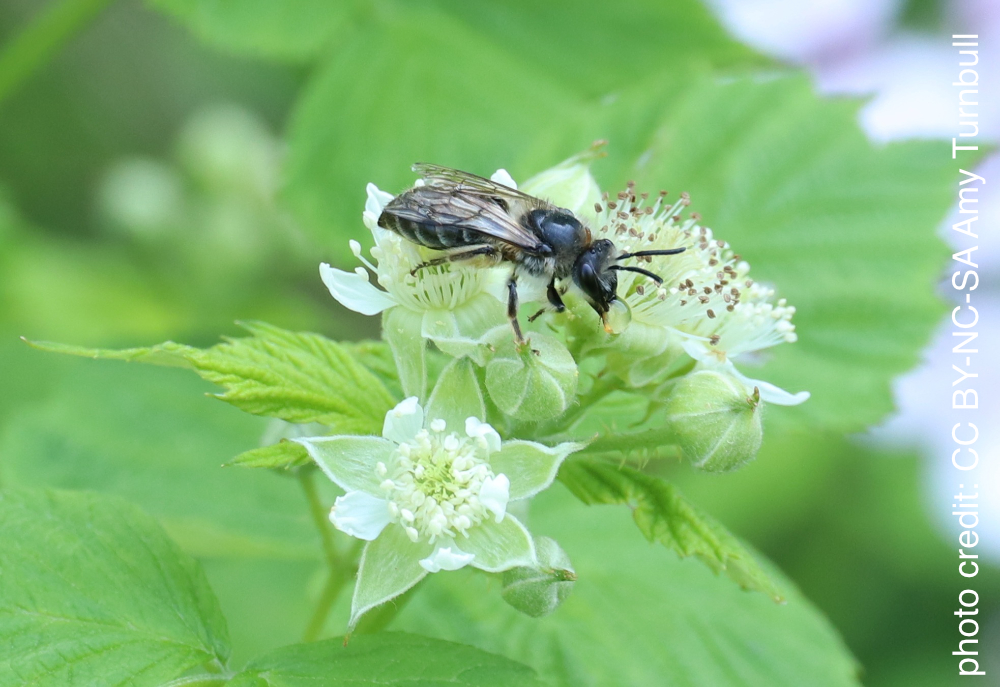
Colletes on a wild raspberry in May.
Aside from early spring wildflowers, another big group of plants for spring color is woody plants. These are show-stoppers and many are already planted ornamentally, like the redbud. If you have space, please seek out native versions of these plants to ensure maximum food for us. Think you might be limited if you only consider native woody plants? Think again! We have 15 species of native willows (Salix), which can be kept small by cutting to the ground each winter (called coppicing). Bumblebee queens and many specialist bees love rolling around in willow flowers. Interested in fruits? You can choose from seven species of native blueberry and cranberry (Vaccinium) that are covered in flowers before the leaves, or seven species of large shrub serviceberry (Amelanchier). Maybe you prefer smaller raspberry or blackberry? There are 11 species native to our area (Rubus). Or if you only have a bit of ground to fill, there are two species of native strawberry (Fragaria). All of the above plants bloom early, in April or May. Since the flowers on woody plants appear before the leaves, they are especially attractive in your garden. Think of that—pretty for you and food for us! And if you have a chance, watch your flowers to see if you can spot my heart-shaped face beaming back at you!
References:
Oldham, M.J. (2017). List of Vascular Plants of Ontario’s Carolinian Zone. Retrieved from ResearchGate.
Packer, L., Genaro, J.A., & Sheffield, C.S. (2007). The Bee Genera of Eastern Canada. Canadian Journal of Arthropod Identification. Retrieved from Canadian Journal of Arthropod Identification.
Fowler, J., & Droege, S. (2020). Pollen Specialist Bees of the Eastern United States. Retrieved from Discover Life.
Fowler, J. (2020). Host Plants for Pollen Specialist Bees of the Eastern United States. Retrieved from Discover Life.
Carolinian Canada. Where to Find Native Plants. Retrieved from Carolinian Canada.
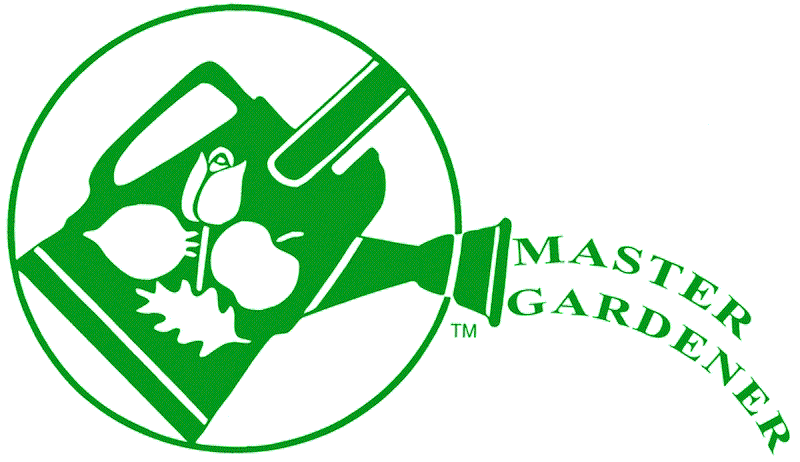

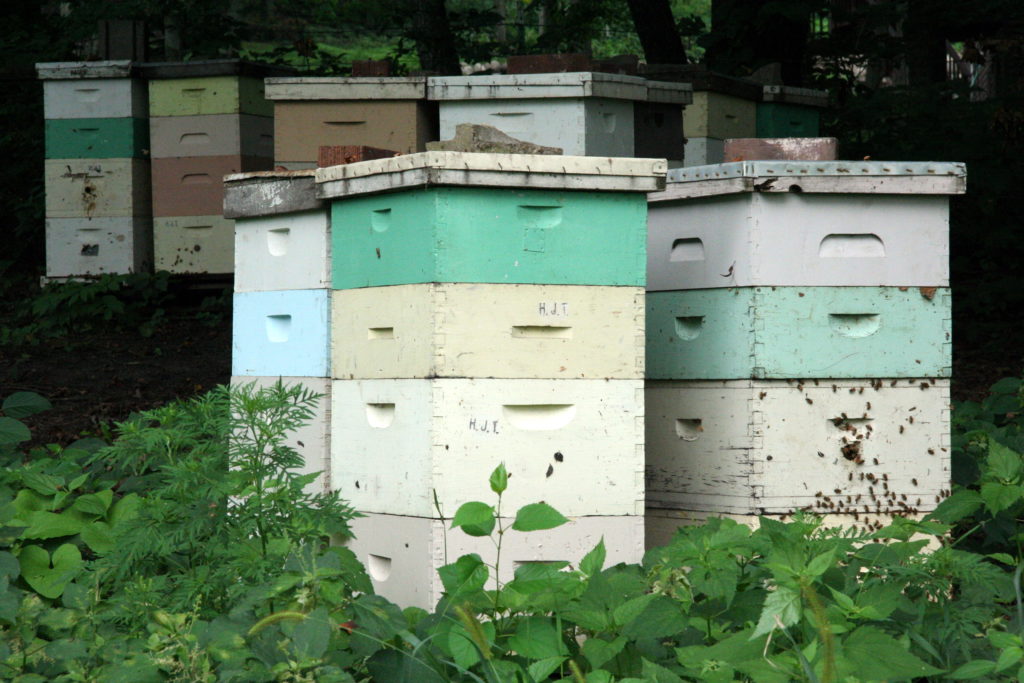
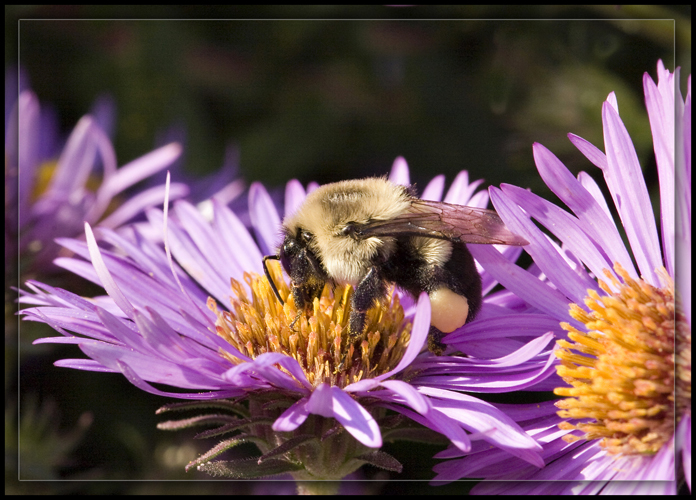
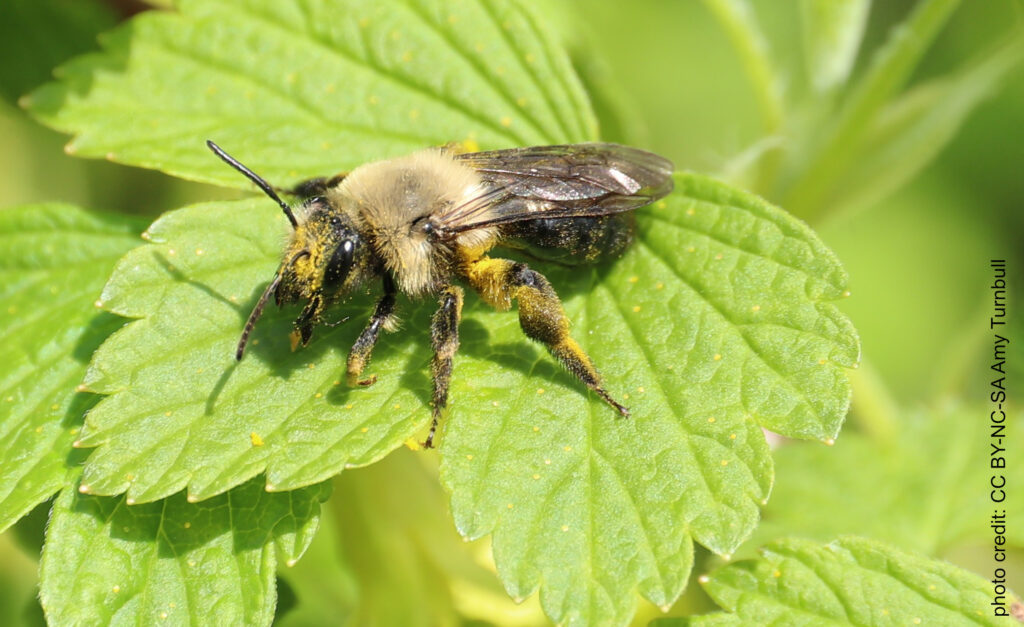
About The Author: Amy Turnbull
Scientist, researcher and professor at Fanshawe College. Avid grower of edibles in her home garden.
More posts by Amy Turnbull